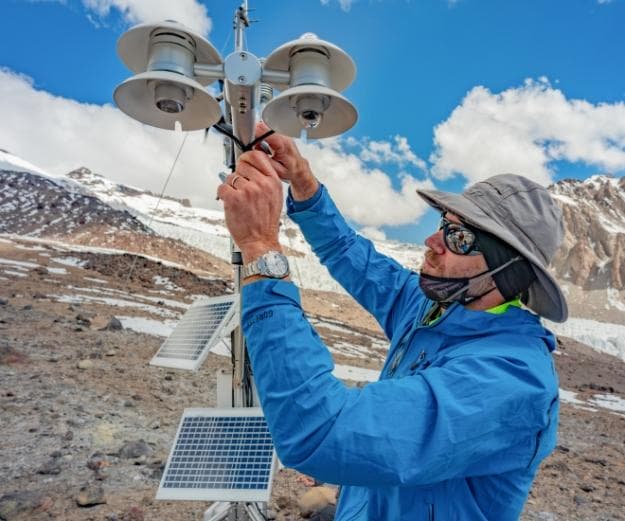
Rolex has been inextricably linked to the exploration of our planet’s most remote environments since its founding. Since the 1930s, the manufacture has been making rugged and reliable timepieces for explorers looking to venture to Earth’s highest peaks and its deepest depths, using the natural environment as a “living laboratory” to test his watches. Fast forward to our current century however and Rolex’s priorities have shifted. The 21st century revealed a whole host of environmental challenges faced by communities the world over. Rolex therefore launched the Perpetual Planet initiative in 2019, working with National Geographic to support exploration and research aimed at gaining a better understanding of our planet, and how we can safeguard it for future generations.
Of Partnership and Exploration
In 1954, Rolex and the National Geographic Society entered into a partnership, fuelled by a spirit of exploration and discovery. Since then, the two entities have been involved in several expeditions around the world, supporting explorers as they sought to uncover Earth’s secrets.
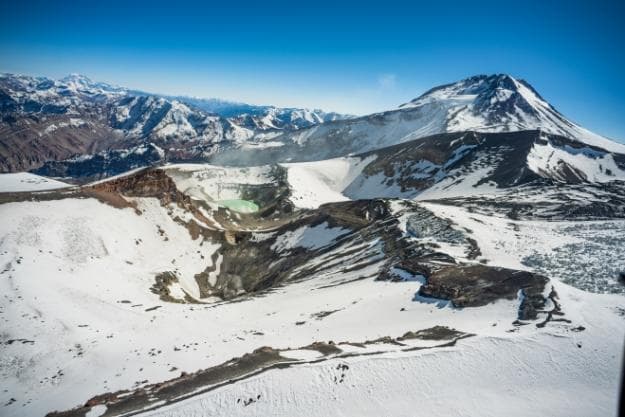
However, in the 21st century, it became evident that the Earth was facing a multitude of environmental crises which would affect our lives and the lives of generations to come. More had to be done and so, in 2017, the partnership between Rolex and the National Geographic Society was enhanced and focus was shifted towards promoting exploration linked to our planet’s preservation, rather than mere discovery. This commitment was further reinforced with the launch of the Perpetual Planet Initiative in 2019.
Our Perpetual Planet
Apart from the Rolex Awards for Enterprise and the watch manufacture’s involvement in Sylvia Earle’s Mission Blue initiative, Rolex has been working closely with its long-time partner, National Geographic, to enhance our understanding of climate change. This has been done through numerous Perpetual Planet Expeditions into some of Earth’s most inhospitable and extreme environments.

The first of these expeditions took place on Mount Everest from April to June 2019. The team was led by National Geographic and Tribhuvan University embarked on this journey to gain insights on how climate change was affecting the glaciers of the Hindu Kush-Himalaya mountain range, which provided a critical supply of water to 1 billion people living downstream of it.
The expedition was a great success and marked a significant milestone for science and exploration with the installation of the world’s highest weather station.
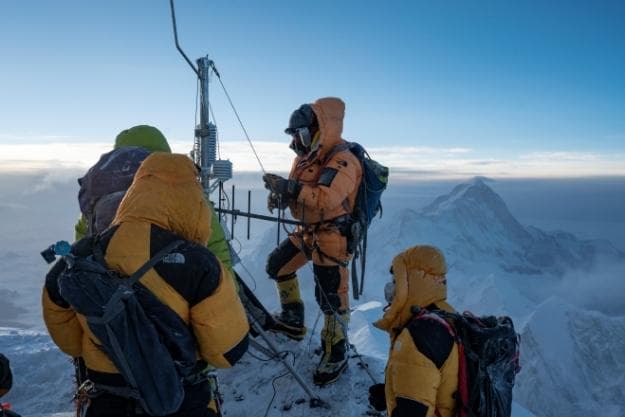
The second and most recent expedition drew on the success of the previous project and saw a team of explorers journeying to the Tupungato Volcano in Southern Andes. Once again, the goal of the expedition was the installation of a weather station to study the impact of climate change on this essential water tower.
“With the installation of the highest weather station in the Americas, scientists will have a window into atmospheric processes in the high Chilean Andes,” said Dr Baker Perry, Professor of Appalachian State University in North Carolina and co-lead of the Tupungato Volcano Expedition. One of the most vulnerable water towers in the world, these mountains provide critical freshwater to more than 6 million inhabitants in nearby Santiago. The expedition is contributing to a Perpetual Planet by pushing the limits of scientific discovery and exploration to the highest reaches of the planet.”
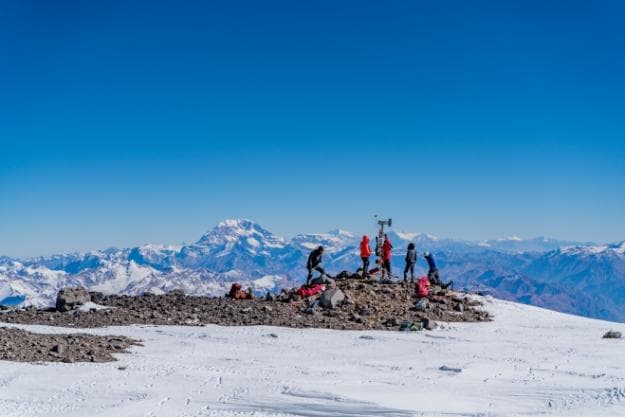
Armed with the reliable Rolex Explorer II, developed and designed with input from seasoned mountaineers, the team embarked on the gruelling journey to Tupungato’s summit, 6505 metres tall, and successfully installed the new weather station which will work alongside lower stations to collect data which can be used to study water modelling and water-resource management.
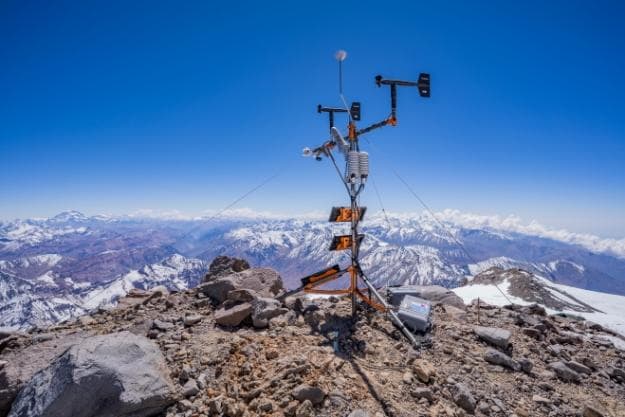
With the conclusion of both Perpetual Planet Expeditions, the collaborative partnership between Rolex and National Geographic resulted in the creation of a network of weather stations in two distinct mountain ranges which will provide invaluable atmospheric data to help those working to develop solutions to our planet’s environmental woes.
The two successful Perpetual Planet Expeditions represent a significant milestone in Rolex’s partnership with National Geographic, strengthening the brand’s commitment to safeguarding the natural environment and our planet for future generations.
All images courtesy of Rolex.
The post Rolex’s Partnership with National Geographic to Preserve Our Perpetual Planet appeared first on LUXUO.
from LUXUO
No comments:
Post a Comment